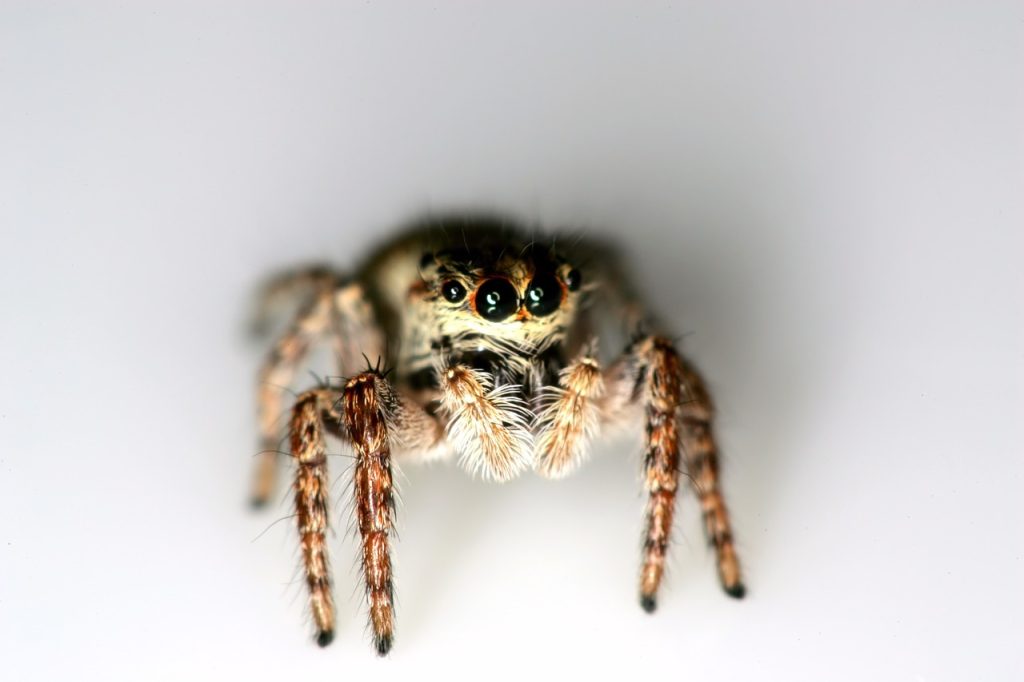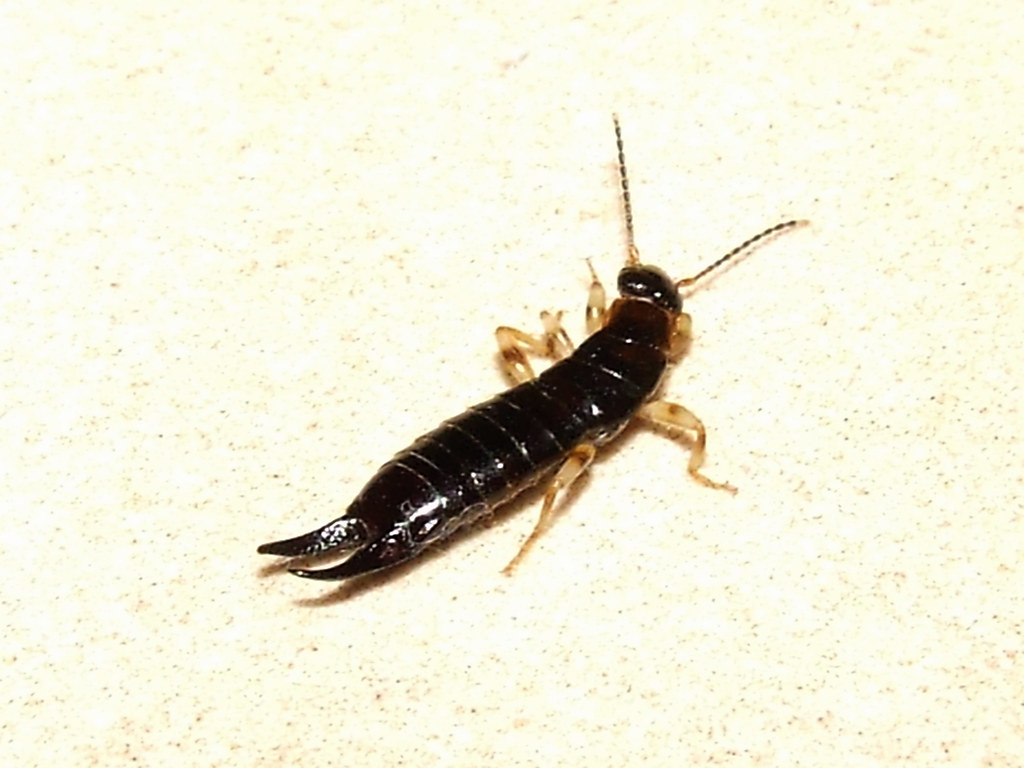Earwigs and spiders are insects commonly found in homes and gardens but have distinct characteristics, feeding habits, and living conditions. Here’s a comparison of these two critters to help you differentiate between them.

 Spiders have the ability to spin webs, which they use to catch prey. While not all spiders spin webs, many do, and their webs can be intricate and elaborate.
Spiders have the ability to spin webs, which they use to catch prey. While not all spiders spin webs, many do, and their webs can be intricate and elaborate.
Earwigs vs. Spiders: Comparison
| Feature | Earwigs | Spiders |
| Appearance | Small, elongated body, pincers on the rear | Two body segments, eight legs, various shapes and sizes |
| Characteristics | Often mistaken for beetles, nocturnal | Can spin webs, diverse in appearance |
| Feeding Habits | Omnivorous, feeds on organic matter, plants, and insects | Predatory: feeds on other insects or small animals |
| Living Habits | Prefer damp environments; hide under debris | Found in various habitats, build webs or hide in corners |

Appearance
Earwigs and spiders differ significantly in appearance. Earwigs have a small, elongated body with pincers at the end of their abdomen, which can look intimidating but are usually harmless. They often have a dark, reddish-brown color and are around 5-10 mm long. Spiders, on the other hand, have two distinct body segments – the cephalothorax and the abdomen. They possess eight legs and can vary greatly in size and color, from tiny house spiders to large garden spiders. Their appearance is more diverse, with some species having striking patterns or colors.Characteristics
Due to their shape and behavior, earwigs are often mistaken for beetles. They are primarily nocturnal, meaning they are most active at night. Earwigs are not known to bite humans, and their pincers are mainly used for defense and capturing prey. Spiders have the ability to spin webs, which they use to catch prey. While not all spiders spin webs, many do, and their webs can be intricate and elaborate.
Spiders have the ability to spin webs, which they use to catch prey. While not all spiders spin webs, many do, and their webs can be intricate and elaborate.
Feeding Habits
Earwigs are omnivorous, and they feed on a variety of organic materials. They consume decaying plants, fungi, and small insects. Their diet can sometimes include garden pests, which can make them beneficial in some contexts. However, they can also damage plants if they feed on young seedlings or flowers. Spiders are primarily predatory and feed on insects and other small animals. They use their webs to trap prey or actively hunt for it. Spiders keep the insect population in check, which can help maintain a balanced ecosystem.Living Habits
Earwigs prefer damp and dark environments. They are commonly found under leaves, logs, and stones, where they can stay hidden during the day. In homes, they might be found in basements, bathrooms, or other moist areas. Their preference for moisture often leads them to invade homes when outdoor conditions become too dry. Spiders are adaptable and can live in various environments, including gardens, basements, and even inside homes. Some spiders build webs in corners or secluded areas, while others are more mobile and may hide in crevices or under furniture.Myths and Facts
| Myth | Fact |
| Earwigs are dangerous and can bite. | Earwigs are actually not harmful to humans; their pincers are used for defense, not biting. |
| Spiders are all venomous. | Not all spiders are venomous; most have venom that is harmless to humans. |
| Earwigs are beetles. | Earwigs are not beetles; they belong to a different order of insects. |
| Spiders only live in webs. | Some spiders do not spin webs; they hunt or live in burrows instead. |
| Earwigs prefer to invade homes. | Earwigs are more likely to enter homes when outdoor conditions are unfavorable, such as drought. |




